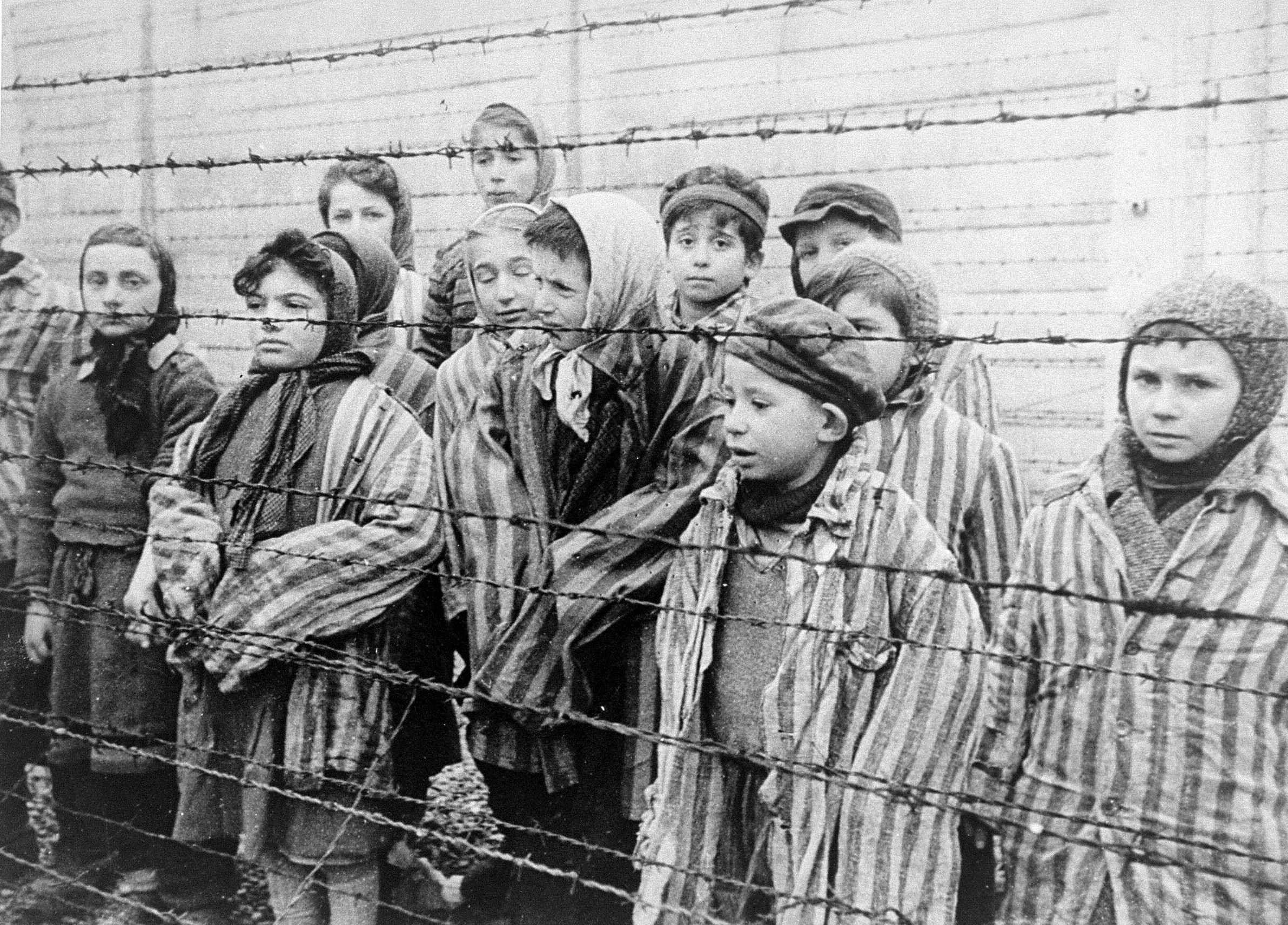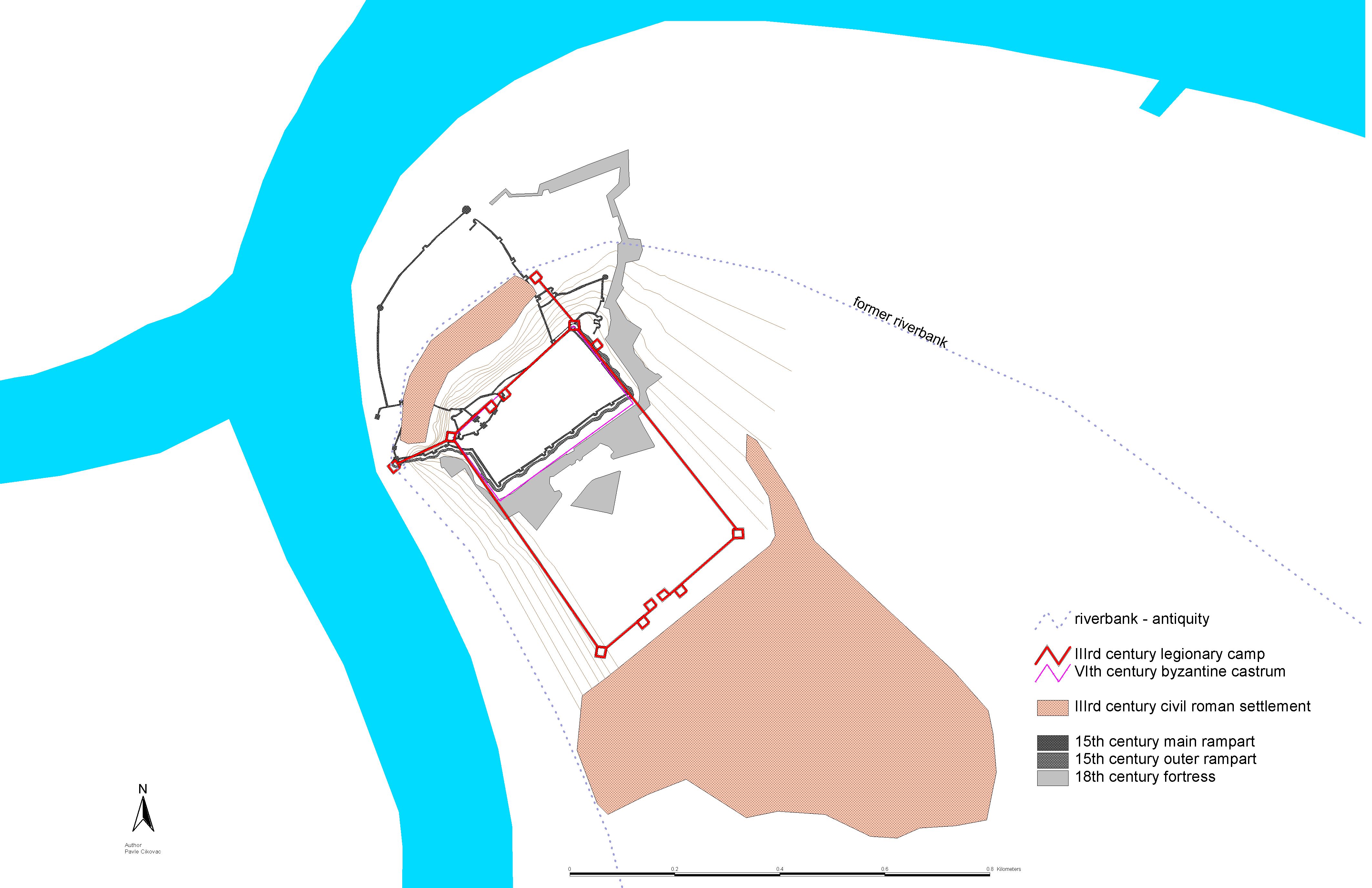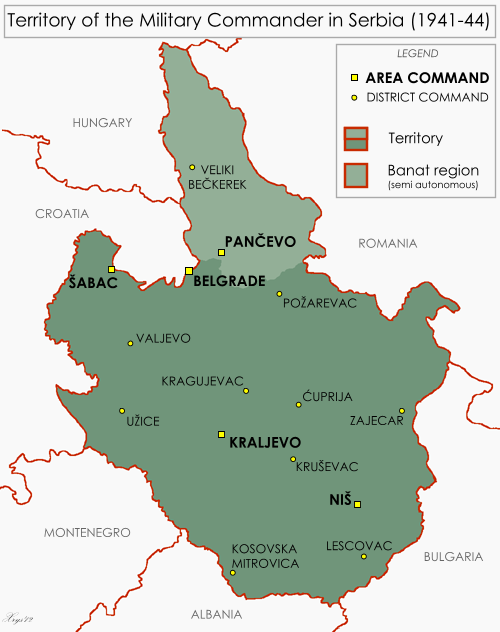|
Nandor Glid
Nandor Glid (12 December 1924 - 31 March 1997) was a Yugoslav sculptor, best known for designing the memorial sculpture at the Dachau concentration camp. Biography Glid was a Holocaust survivor who had been a forced laborer and partisan during the war and whose father and most of his family were murdered in Auschwitz. From 1985 to 1989 he was Rector of the University of Arts in Belgrade. After the war, he created a number of monuments memorializing Holocaust victims, including the memorial at the Mauthausen concentration camp and the Dachau concentration camp, for which he won the international competition for the memorial sculpture in 1967. In 1990, the city of Belgrade and the local Jewish community dedicated a memorial sculpture, ''Menora u plamenu'' (English: "Menorah in Flames") in the Dorćol quarter, which had been the Jewish quarter of Belgrade. The sculpture commemorates over 10,000 Serbian Jews, the vast majority from Belgrade, who were murdered by SS and Wehrmacht ar ... [...More Info...] [...Related Items...] OR: [Wikipedia] [Google] [Baidu] |
Dachau Concentration Camp
, , commandant = List of commandants , known for = , location = Upper Bavaria, Southern Germany , built by = Germany , operated by = ''Schutzstaffel'' (SS) , original use = Political prison , construction = , in operation = March 1933 – April 1945 , gas chambers = , prisoner type = Political prisoners, Poles, Romani, Jews, homosexuals, Jehovah's Witnesses, Catholic priests, Communists , inmates = Over 188,000 (estimated) , killed = 41,500 (per Dachau website) , liberated by = U.S. Army , notable inmates = , notable books = , website = Dachau () was the first concentration camp built by Nazi Germany, opening on 22 March 1933. The camp was initially intended to intern Hitler's political opponents which consisted of: communists, social democrats, and other dissidents. It is located on the grounds of an abandoned munitions factory northeast of the medieval town of Dachau, about northwest o ... [...More Info...] [...Related Items...] OR: [Wikipedia] [Google] [Baidu] |
Holocaust Survivor
Holocaust survivors are people who survived the Holocaust, defined as the persecution and attempted annihilation of the Jews by Nazi Germany and its allies before and during World War II in Europe and North Africa. There is no universally accepted definition of the term, and it has been applied variously to Jews who survived the war in German-occupied Europe or other Axis territories, as well as to those who fled to Allied and neutral countries before or during the war. In some cases, non-Jews who also experienced collective persecution under the Nazi regime are also considered Holocaust survivors. The definition has evolved over time. Survivors of the Holocaust include those persecuted civilians who were still alive in the concentration camps when they were liberated at the end of the war, or those who had either survived as partisans or been hidden with the assistance of non-Jews, or had escaped to territories beyond the control of the Nazis before the Final Solution was imp ... [...More Info...] [...Related Items...] OR: [Wikipedia] [Google] [Baidu] |
Auschwitz Concentration Camp
Auschwitz concentration camp ( (); also or ) was a complex of over 40 concentration and extermination camps operated by Nazi Germany in occupied Poland (in a portion annexed into Germany in 1939) during World War II and the Holocaust. It consisted of Auschwitz I, the main camp (''Stammlager'') in Oświęcim; Auschwitz II-Birkenau, a concentration and extermination camp with gas chambers; Auschwitz III-Monowitz, a labor camp for the chemical conglomerate IG Farben; and dozens of subcamps. The camps became a major site of the Nazis' final solution to the Jewish question. After Germany sparked World War II by invading Poland in September 1939, the ''Schutzstaffel'' (SS) converted Auschwitz I, an army barracks, into a prisoner-of-war camp. The initial transport of political detainees to Auschwitz consisted almost solely of Poles for whom the camp was initially established. The bulk of inmates were Polish for the first two years. In May 1940, German criminals brought to ... [...More Info...] [...Related Items...] OR: [Wikipedia] [Google] [Baidu] |
University Of Arts In Belgrade
The University of Arts in Belgrade ( sr-cyr, Универзитет уметности у Београду, Univerzitet umetnosti u Beogradu) is a public university in Serbia. It was founded in 1957 as the Academy of Arts to unite four academies. It became a university and acquired its current name in 1973. History The University of Arts was established on 10 June 1957, as the Academy of Arts, a union of the existing higher art schools (academies). Until then independent, the Academy of Music (founded in 1937), the Academy of Fine Arts (founded in 1937), the Academy of Applied Arts (founded in 1948) and the Academy of Theatrical Arts (founded in 1948) became the Academy of Art, an association of higher art schools in Belgrade. In 1973, these four academies, being the only higher art schools in Serbia at that time, became faculties: the Faculty of Fine Arts, the Faculty of Music, the Faculty of Applied Arts and Design and the Faculty of Dramatic Arts (theater, film, radio and tele ... [...More Info...] [...Related Items...] OR: [Wikipedia] [Google] [Baidu] |
Mauthausen-Gusen Concentration Camp Complex
Mauthausen was a Nazi concentration camp on a hill above the market town of Mauthausen (roughly east of Linz), Upper Austria. It was the main camp of a group with nearly 100 further subcamps located throughout Austria and southern Germany. The three Gusen concentration camps in and around the village of St Georgen/Gusen, just a few kilometres from Mauthausen, held a significant proportion of prisoners within the camp complex, at times exceeding the number of prisoners at the Mauthausen main camp. The Mauthausen main camp operated from 8 August 1938, several months after the German annexation of Austria, to 5 May 1945, when it was liberated by the United States Army. Starting with the camp at Mauthausen, the number of subcamps expanded over time. In January 1945, the camps contained roughly 85,000 inmates. As at other Nazi concentration camps, the inmates at Mauthausen and its subcamps were forced to work as slave labour, under conditions that caused many deaths. Mauthaus ... [...More Info...] [...Related Items...] OR: [Wikipedia] [Google] [Baidu] |
Belgrade
Belgrade ( , ;, ; Names of European cities in different languages: B, names in other languages) is the Capital city, capital and List of cities in Serbia, largest city in Serbia. It is located at the confluence of the Sava and Danube rivers and the crossroads of the Pannonian Basin, Pannonian Plain and the Balkan Peninsula. Nearly 1,166,763 million people live within the administrative limits of the City of Belgrade. It is the third largest of all List of cities and towns on Danube river, cities on the Danube river. Belgrade is one of the List of oldest continuously inhabited cities, oldest continuously inhabited cities in Europe and the world. One of the most important prehistoric cultures of Europe, the Vinča culture, evolved within the Belgrade area in the 6th millennium BC. In antiquity, Thracians, Thraco-Dacians inhabited the region and, after 279 BC, Celts settled the city, naming it ''Singidunum, Singidūn''. It was Roman Serbia, conquered by the Romans under the reign ... [...More Info...] [...Related Items...] OR: [Wikipedia] [Google] [Baidu] |
Dorćol
Dorćol ( sr-cyr, Дорћол; ) is an affluent urban neighborhood of Belgrade, the capital of Serbia. It is located in Belgrade's municipality of Stari Grad. Located along the right bank of the Danube, Dorćol is oldest surviving neighborhood in Belgrade. It is known for its specific urban charm and the mentality of its residents. The neighborhood has experienced artistic revival since the 2000s concurrently with the Savamala neighborhood on the opposite, Sava, bank. After being featured in numerous reports, including by the BBC and ''The Guardian'', '' Time Out'' magazine placed Dorćol on their list of "50 coolest neighborhoods". It has been described as a Belgrade "phenomenon", an "exciting, creative and inventive spot", and the "authentic, organic soul of the city". A section of Upper Dorćol was declared a spatial cultural-historical unit in 1989, and placed under protection as the "Area surrounding Dositej's Lyceum". Location Dorćol begins already some 700 meters ... [...More Info...] [...Related Items...] OR: [Wikipedia] [Google] [Baidu] |
The Holocaust In Serbia
The Holocaust in German-occupied Serbia was part of the European-wide Holocaust, the Nazi genocide against Jews during World War II, which occurred in the Territory of the Military Commander in Serbia, the military administration of the Third Reich established after the April 1941 invasion of Yugoslavia. The crimes were primarily committed by the German occupation authorities who implemented Nazi racial policies, assisted by the collaborationist forces of the successive puppet governments established by the Germans in the occupied territory. Immediately after the occupation, the occupation authorities introduced racial laws, labeling Jews and Romani as ''Untermensch'' ("sub-humans"). They also appointed two Serbian civil puppet governments to carry out administrative tasks in accordance with German direction and supervision. Jews were the primary target but Romani were also targeted for elimination. The perpetrators of the Holocaust was the Nazi German ''Wehrmacht'' statio ... [...More Info...] [...Related Items...] OR: [Wikipedia] [Google] [Baidu] |
Menorah In Flames (Thessaloniki)
''Menorah in flames'' is a sculpture created in 1997 by Nandor Glid as a Holocaust memorial commemorating deportation of the Thessaloniki Jews. The sculpture, initially built in a suburban area has been installed since 2006 on Eleftherias Square Eleftherias Square ( el, Πλατεία Ελευθερίας, ''Platía Eleftherías'', ) is a central square in downtown Thessaloniki, Greece. It takes its name from the Young Turk Revolution, which began in the square in 1908. The square is curr ... where a major roundup of 9,000 Jewish men took place in 1942. It was the first Holocaust memorial to be built on a public space in Greece and its installation marks a change of attitude of Greek officials towards the remembrance of the Holocaust. The monument is regularly vandalized. References {{coord missing, Greece Holocaust memorials The Holocaust in Greece Culture in Thessaloniki 1997 sculptures Monuments and memorials in Greece Jews and Judaism in Thessaloniki Outd ... [...More Info...] [...Related Items...] OR: [Wikipedia] [Google] [Baidu] |
Thessaloniki
Thessaloniki (; el, Θεσσαλονίκη, , also known as Thessalonica (), Saloniki, or Salonica (), is the second-largest city in Greece, with over one million inhabitants in its Thessaloniki metropolitan area, metropolitan area, and the capital city, capital of the geographic regions of Greece, geographic region of Macedonia (Greece), Macedonia, the administrative regions of Greece, administrative region of Central Macedonia and the Decentralized Administration of Macedonia and Thrace. It is also known in Greek language, Greek as (), literally "the co-capital", a reference to its historical status as the () or "co-reigning" city of the Byzantine Empire alongside Constantinople. Thessaloniki is located on the Thermaic Gulf, at the northwest corner of the Aegean Sea. It is bounded on the west by the delta of the Vardar, Axios. The Thessaloniki (municipality), municipality of Thessaloniki, the historical center, had a population of 317,778 in 2021, while the Thessaloniki metro ... [...More Info...] [...Related Items...] OR: [Wikipedia] [Google] [Baidu] |
1924 Births
Nineteen or 19 may refer to: * 19 (number), the natural number following 18 and preceding 20 * one of the years 19 BC, AD 19, 1919, 2019 Films * ''19'' (film), a 2001 Japanese film * ''Nineteen'' (film), a 1987 science fiction film Music * 19 (band), a Japanese pop music duo Albums * ''19'' (Adele album), 2008 * ''19'', a 2003 album by Alsou * ''19'', a 2006 album by Evan Yo * ''19'', a 2018 album by MHD * ''19'', one half of the double album ''63/19'' by Kool A.D. * ''Number Nineteen'', a 1971 album by American jazz pianist Mal Waldron * ''XIX'' (EP), a 2019 EP by 1the9 Songs * "19" (song), a 1985 song by British musician Paul Hardcastle. * "Nineteen", a song by Bad4Good from the 1992 album '' Refugee'' * "Nineteen", a song by Karma to Burn from the 2001 album ''Almost Heathen''. * "Nineteen" (song), a 2007 song by American singer Billy Ray Cyrus. * "Nineteen", a song by Tegan and Sara from the 2007 album '' The Con''. * "XIX" (song), a 2014 song by Slipk ... [...More Info...] [...Related Items...] OR: [Wikipedia] [Google] [Baidu] |





.jpg)
.jpg)



